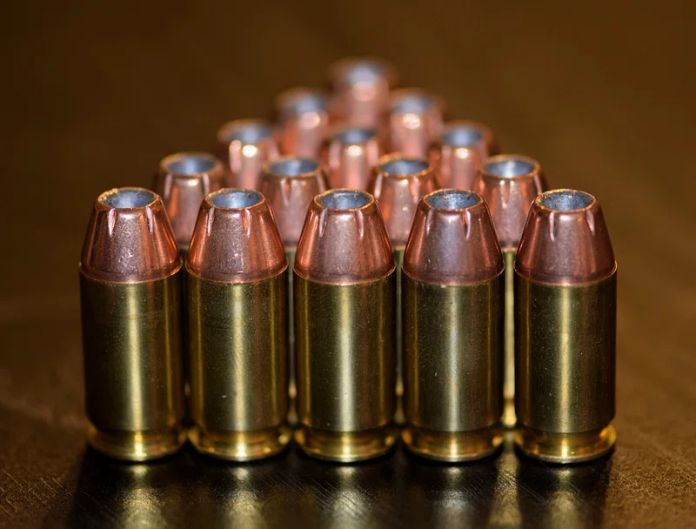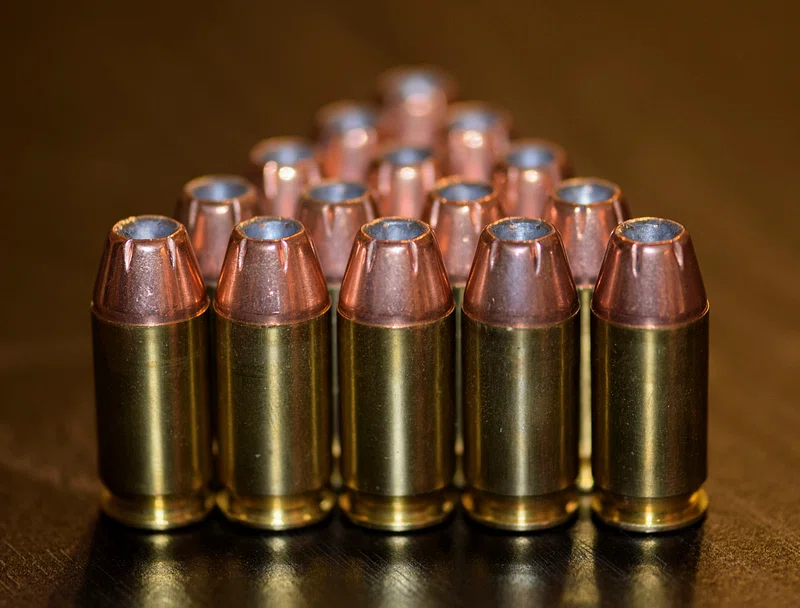
What if the round you count on to save your life fails? In the world of high‑stakes self‑defense, caliber selection can be the difference between thwarting danger and putting yourself in danger of being hit. Though better than nothing, not every handgun cartridge provides the penetration, dependability, and shootability required when there are seconds to spare.
Ballistics experts, police training instructors, and years of testing have determined some calibers that are consistently underperforming in defensive uses. Some are too low-energy to penetrate vital organs, some have poor reliability, and some are just too punishing for most shooters to handle when stressed. Using ballistic gel testing, historical performance, and current cartridge design, following are eight handgun calibers experienced professionals recommend against everyday carry.
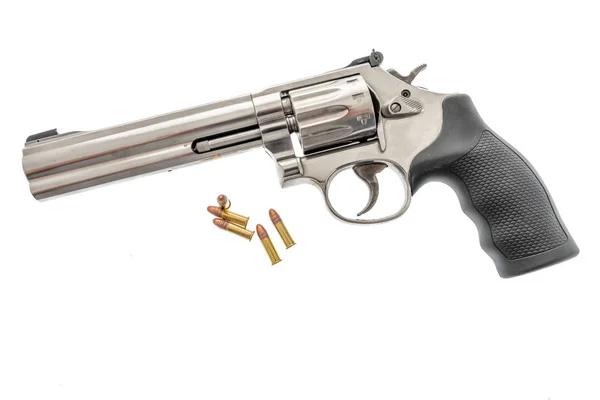
1. .22 Long Rifle – Widely Used but Flawed
The .22 LR is the world’s most manufactured cartridge, with billions of cartridges being produced every year. Its popularity can be attributed to low recoil, negligible noise, and inexpensiveness. But its rimfire nature makes it less reliable than centerfire ammo by design, with misfire rates of 1–2% even in high-end loads, and up to 8–10% in bulk ammunition. The skinny brass case restricts pressure, which yields modest muzzle energy frequently below 200 ft‑lbs and uncontrolled penetration.
In defensive use, experts note that while a .22 can be lethal with perfect shot placement, it struggles to meet the FBI’s 12–18 inch penetration standard. Heavy clothing can further reduce effectiveness. As one USCCA analysis put it, the .22 LR “may not get the job done” against a determined attacker. It remains excellent for training and pest control, but as a primary defensive caliber, it leaves too much to chance.
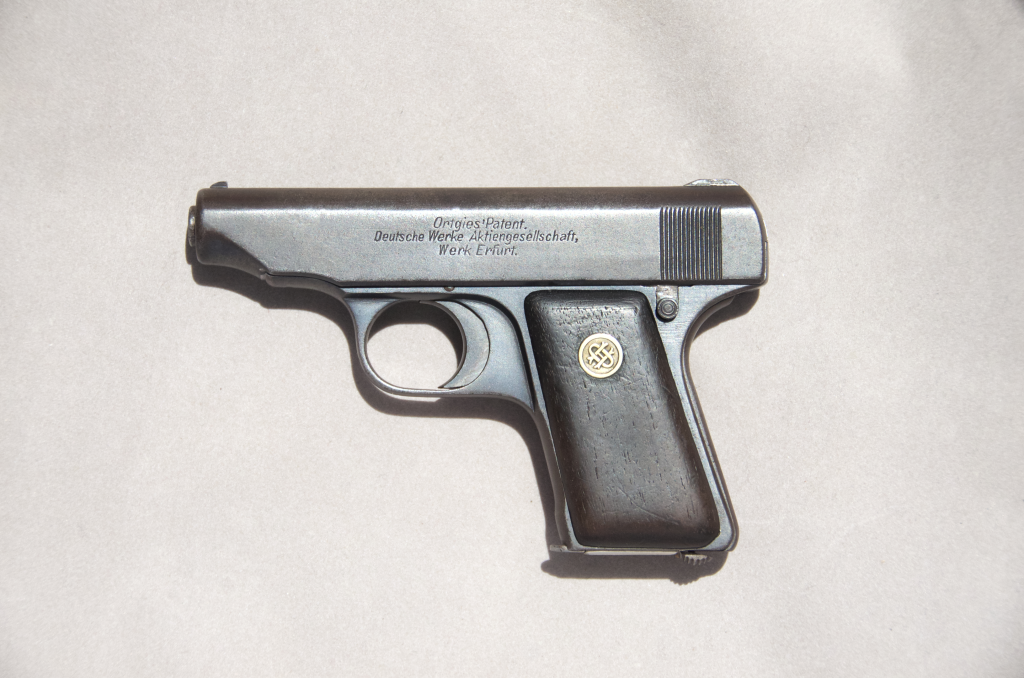
2. .25 ACP – Obsolete and Underpowered
Developed in 1905 for early pocket pistols, the .25 ACP was designed as a centerfire counterpart to the .22 LR. It is now surpassed in every practical measure. With muzzle energies frequently less than 70 ft‑lbs, it is less powerful than most .22 LR ammunition, and contemporary hollow point designs don’t help much with low velocity.
Most .25 ACP‑chambered guns are cheap, small-frame pistols with simple sights and little durability. There are limited options for ammunition, and even fewer of those are up to modern standards of ballistic performance. As the USCCA points out, it is “by far the worst for self‑defense” among standard handgun calibers.
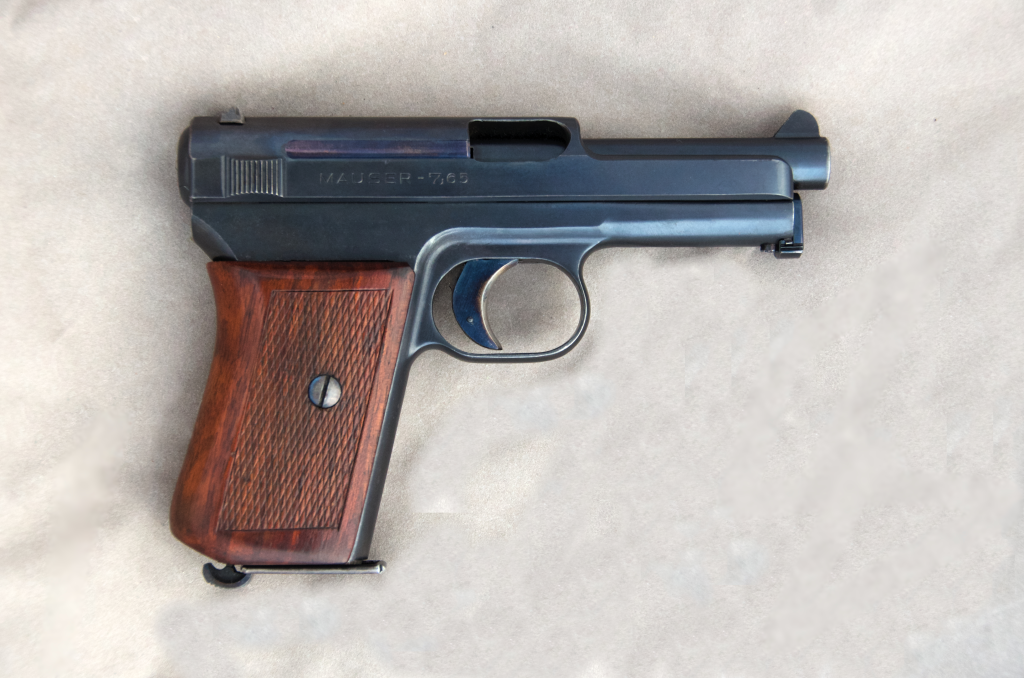
3. .32 ACP – A Century Past Its Prime
The .32 ACP, conceived by John Browning in 1899, had decades of use in police and military handguns. Contemporary testing indicates it is having a problem expanding consistently and penetrating sufficiently, particularly through heavy fabric. Average muzzle energy is in the range of 125–170 ft‑lbs, less than many trainers believe sufficient for quick stoppage of threats.
Though soft-shooting and concealable, the .32 ACP’s limited ammunition selection and dated platform designs make it less than optimal. Ballistics position it between the .22 LR and .380 ACP, but nearer the former in terminal effect.
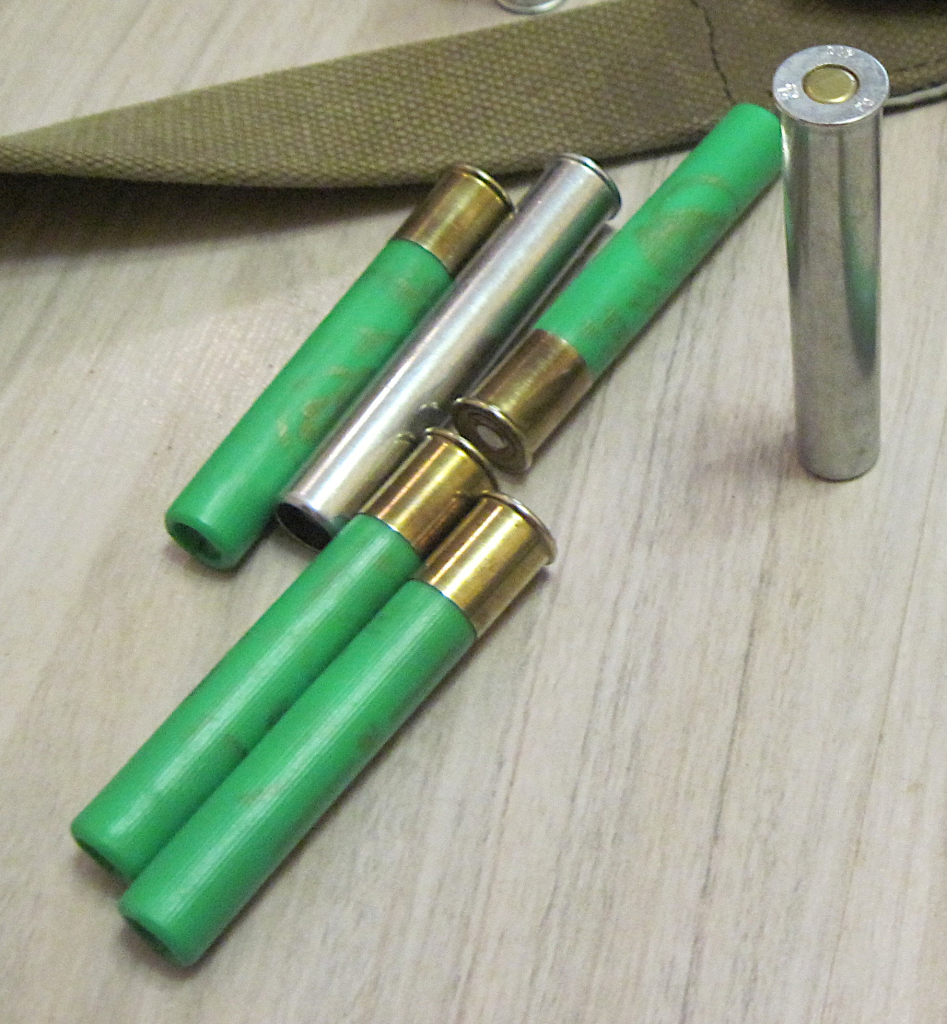
4. .410 Shotshell in Revolvers – More Gimmick Than Guardian
410-bore revolvers like the Taurus Judge threaten shotgun-like spread in a pistol. In practice, short barrels severely decrease velocity, and birdshot loads usually don’t penetrate deeply enough to hit vital organs. Even buckshot and slug loads are behind specialized handgun calibers when it comes to energy transfer.
As USCCA testing indicates, .410 fired from a 3-inch revolver barrel “is unlikely to stop a determined threat” unless it is delivered at very close range to vulnerable targets. The wide spread that entices some shooters also disperses on-target energy, rendering it an inferior substitute for reliable handgun rounds.
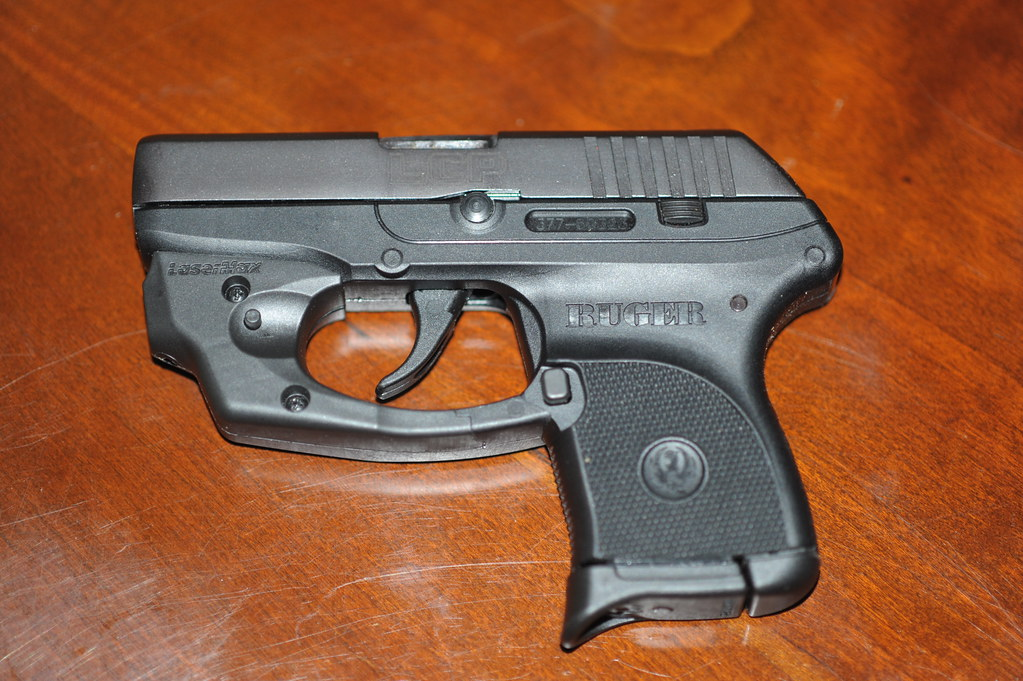
5. .380 ACP with Low – Performance Loads
The 380 ACP can be effective but only with well‑chosen ammunition. Many popular loads fail to meet the FBI’s 12‑inch penetration minimum, especially from short‑barreled pistols. Borderline ballistics, combined with the small size of many .380 carry guns, can result in snappy recoil that hinders accuracy.
Current defensive rounds such as Hornady Critical Defense or Federal Hydra‑Shok Low Recoil are better, but as the main article cautions, carrying underpowered .380 ammo is “rolling the dice.” For those who are set on .380 ACP, strict ammunition choice and frequent practice are necessary.
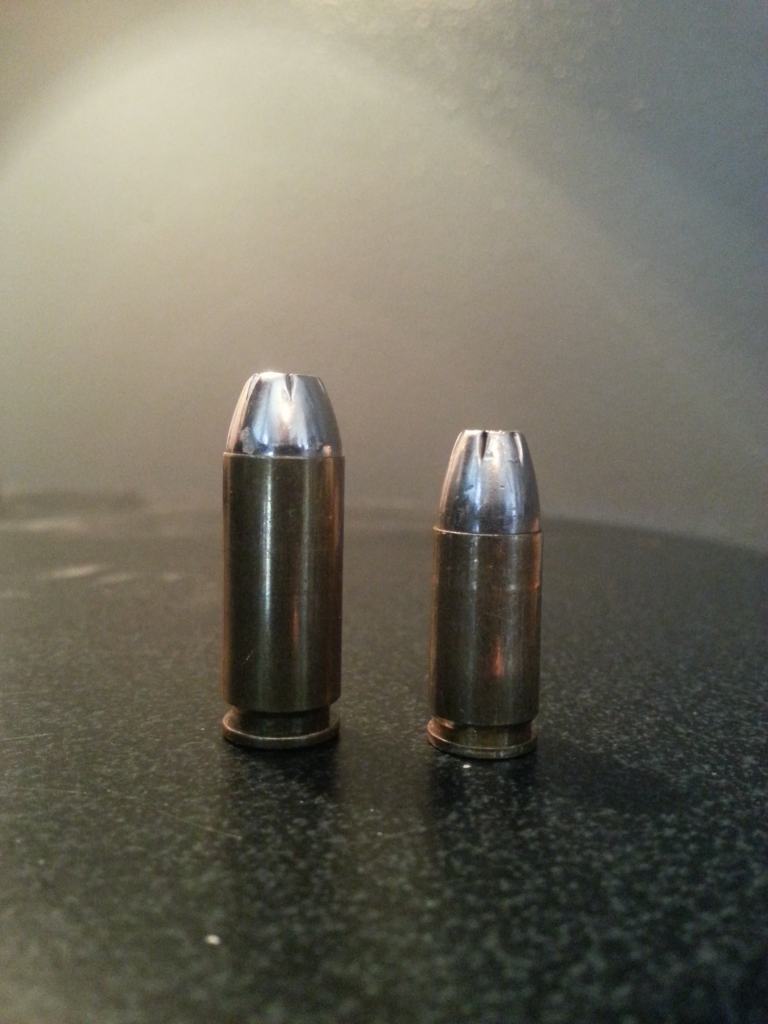
6. 10mm Auto – Too Much Gun for Most
Initially designed for the FBI, the 10mm Auto provides high velocity and energy frequently more than 600 ft‑lbs. But all that brawn is accompanied by strong recoil, loud muzzle blast, and an increased threat of over‑penetration in urban or home defense situations.
For inexperienced shooters, the 10mm’s recoil will delay follow-up shots and decrease accuracy in high-pressure situations. Most experts like 9mm or .45 ACP for best control to stopping power ratio. The 10mm excels at deep woods defense of big animals, but for carry use, it’s usually excessive.
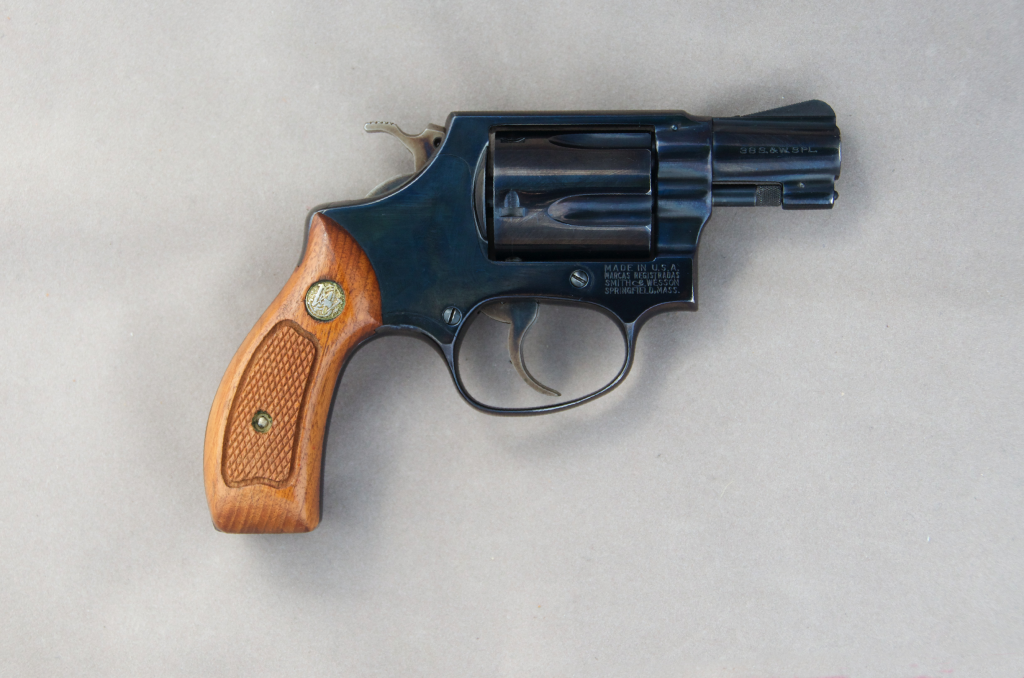
7. .38 Special from Ultra‑Short Barrels
The .38 Special has a long tradition of defensive use, but performance plummets in revolvers with barrels shorter than two inches. Loss of velocity diminishes hollow point expansion, and +P loadings will deliver heavy recoil with disproportionate ballistic improvements.
Ballistic gel tests reveal most snub-nose .38 loads only just hitting the bottom of the FBI penetration scale. As Lucky Gunner’s revolver testing observations, short barrels exacerbate the trade-off between controllability and terminal performance. Quality +P defensive loads, combined with regular practice, can help overcome these problems, but ultra-snub configurations require prudent ammunition matching.
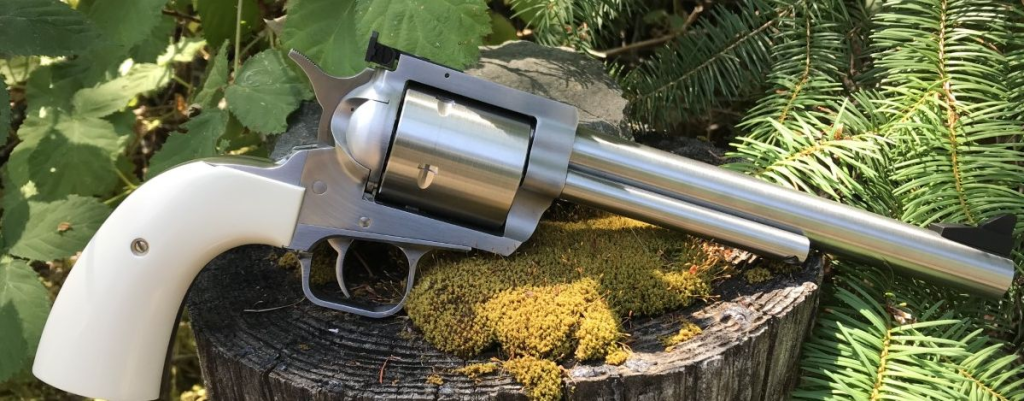
8. .44 Magnum – Unpractical for Concealed Carry
Made famous by Hollywood, the .44 Magnum is a huge energy producer frequently in excess of 1,000 ft‑lbs and penetrates deep. They are the same characteristics that render it unsuitable for private defense within urban areas. Heavy recoil makes follow‑up shots slow, and big revolvers needed to hold the cartridge are hard to hide.
Over-penetration is a serious issue, potentially going through several interior walls, as USCCA over-penetration tests on other high-energy loads have demonstrated. Outside of wilderness defense against life-threatening game, the .44 Magnum’s disadvantages outweigh its advantages for everyday carry.
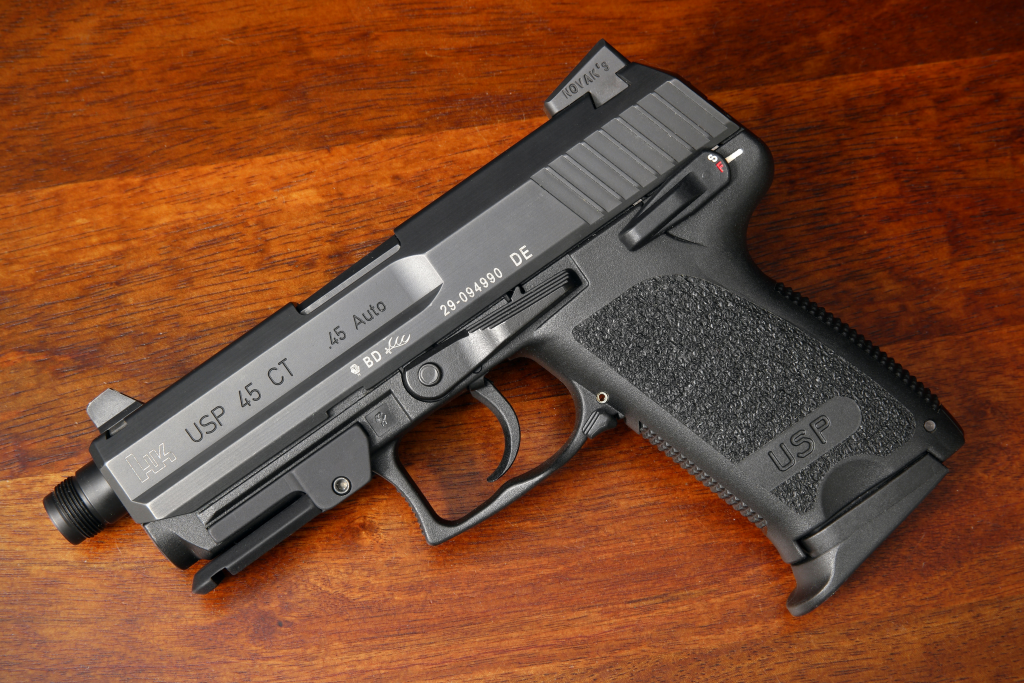
Caliber selection is finding the middle ground between power, shootability, and reliability. The rounds set forth here fall short not because they cannot be deadly, but because they require sacrifices most shooters cannot justify in an emergency. For concealed carry and home protection, contemporary service calibers such as 9mm, .40 S&W, and .45 ACP with tested defensive loads strike a superior balance of performance and practicality. In self‑defense, the goal is not maximum power at any cost, but the ability to deliver accurate, effective fire when it matters most.
